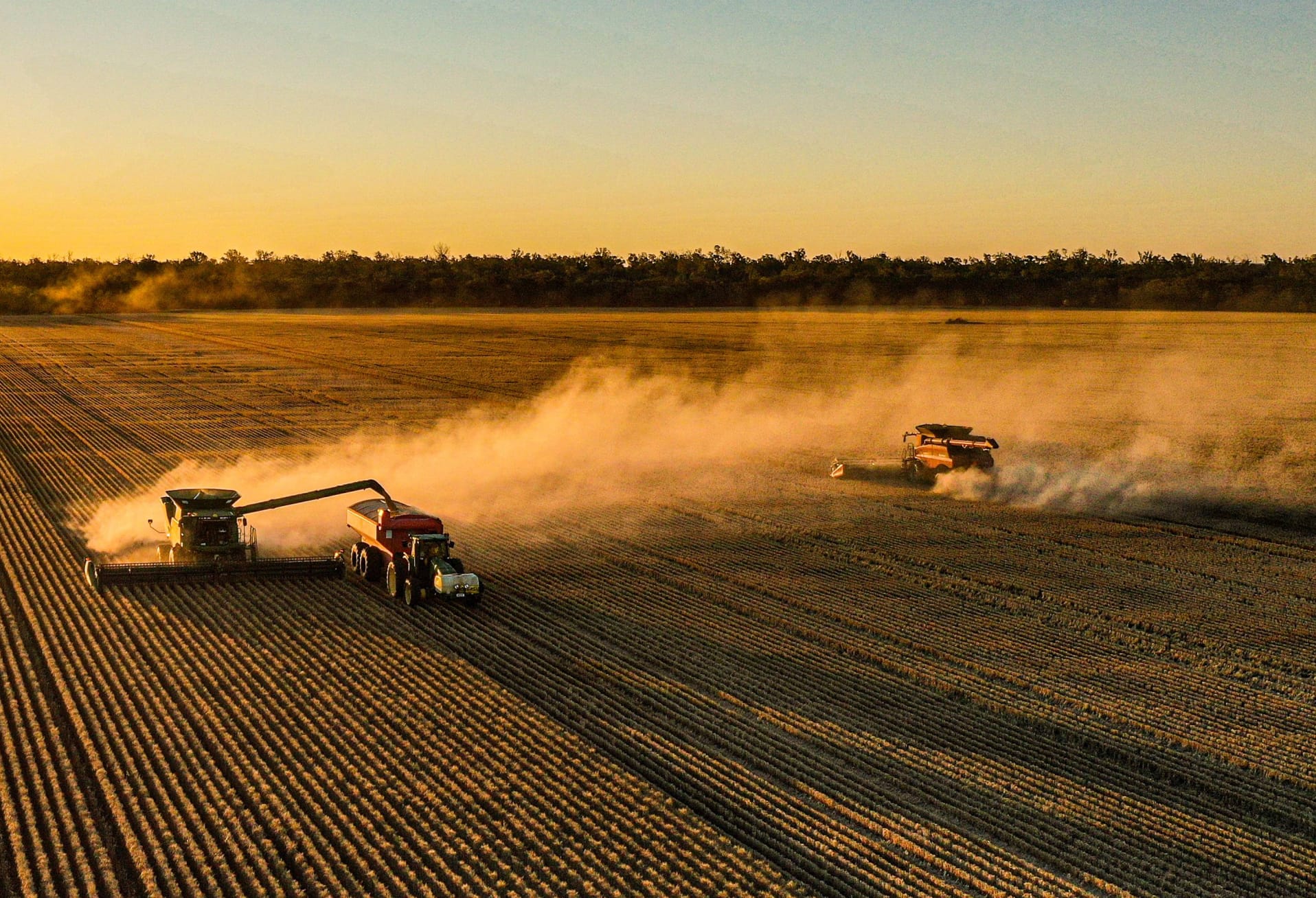If there was one pest that consistently made headlines and caused headaches in 2017, it was mice. High stubble loads and abundant food sources over summer meant that mouse activity started off high and quickly had an impact on many crops. Issues with bait supply and the cost involved with repeated baiting right through the growing season challenged many growers. With a chance that high mice numbers will persist through to next year, this is an ongoing issue worth paying attention to – see page 175 for more on mice.
Russian Wheat Aphid (RWA) also received a fair bit of attention, although in most cases never reached the numbers necessary to justify spraying. Anecdotally, imidacloprid seed dressings (eg. Gaucho) provided effective control until later in the season. Still, after only appearing in Australia in 2016, their rapid spread and potential to cause serious damage could see them become more of a factor in the future. Other pests included Red Legged Earth Mite (RLEM), Bryobia mite, Lucerne flea, Etiella, Native Budworm, and green peach aphid, but in general did not cause huge levels of damage.
High inoculum loads from last year and conducive seasonal conditions kept a range of crop diseases near front of mind in 2017, including all of the usual suspects. Stripe rust, scald, spot form net blotch (SFNB) and net form net blotch (NFNB) all required vigilance. Growers were kept busy spraying for ascochyta, especially in chickpeas where previously resistant crops have been reduced to a susceptible or moderately susceptible rating. After a long absence, Septoria was a concern throughout the Wimmera. This will be something to watch out for in 2018 with another high stubble load contributing to the potential disease pressure.
